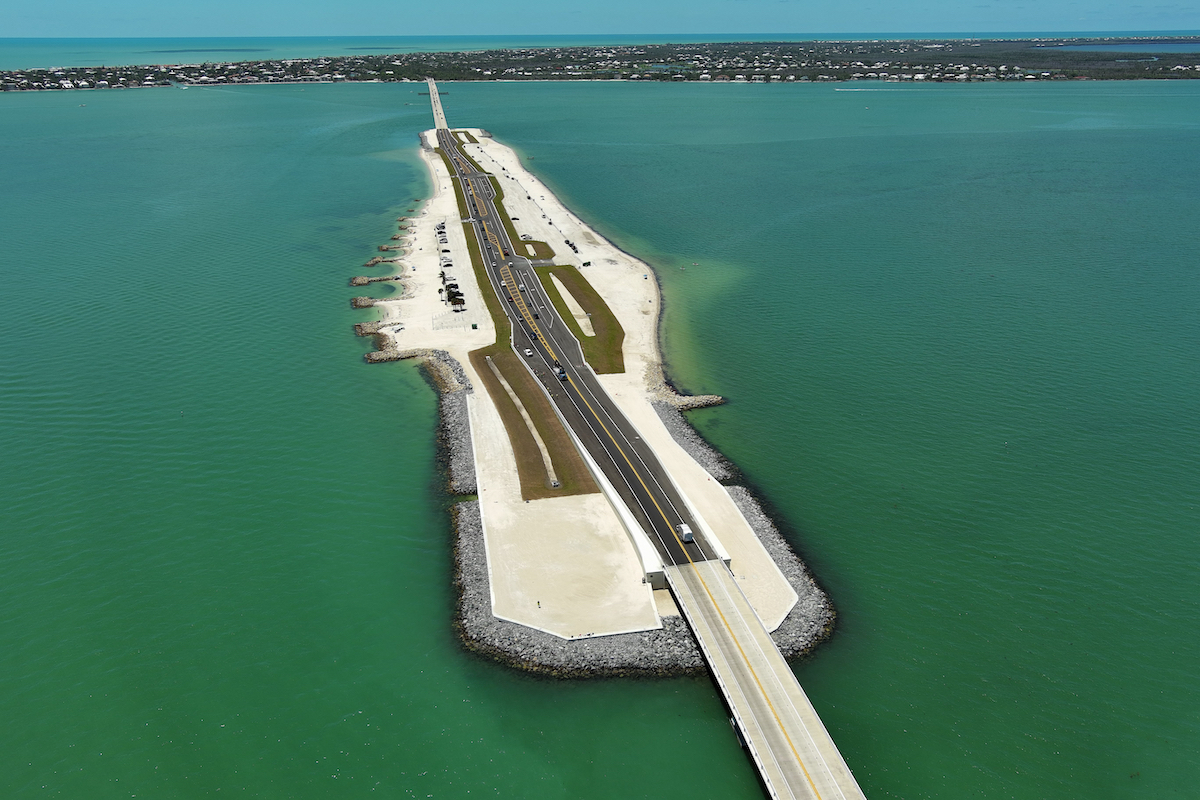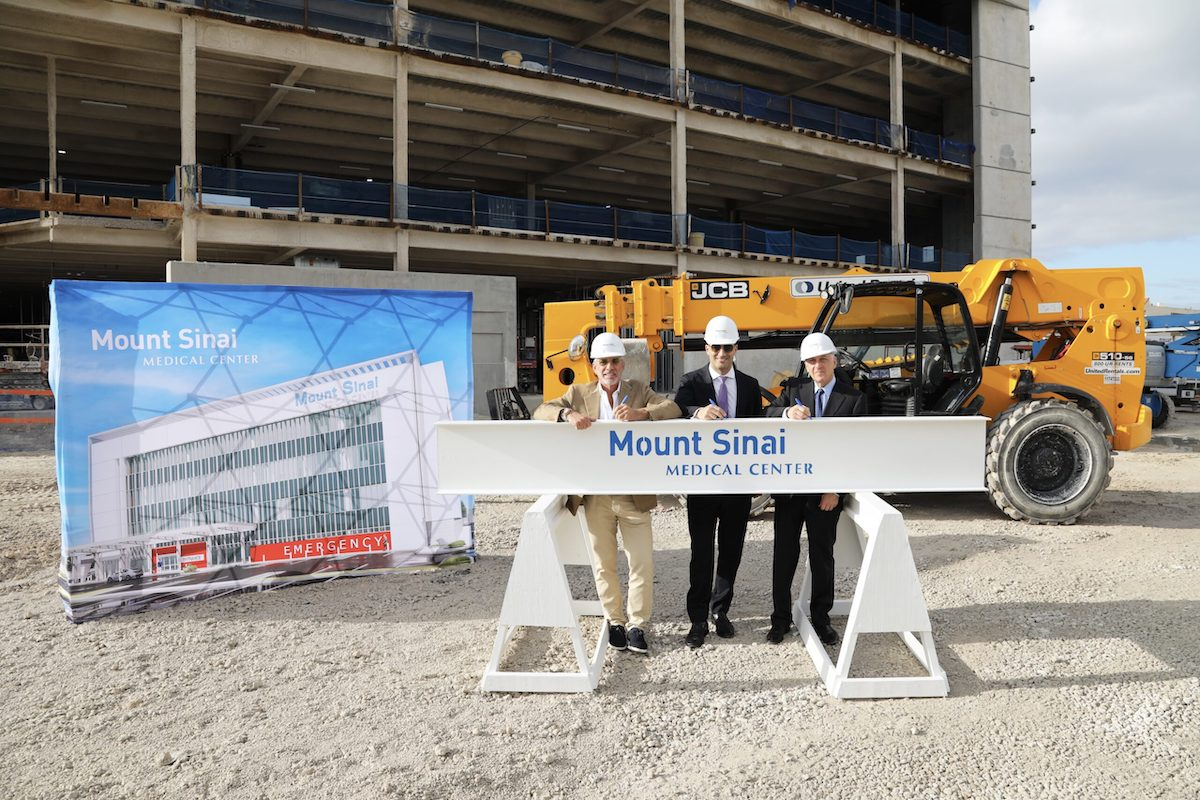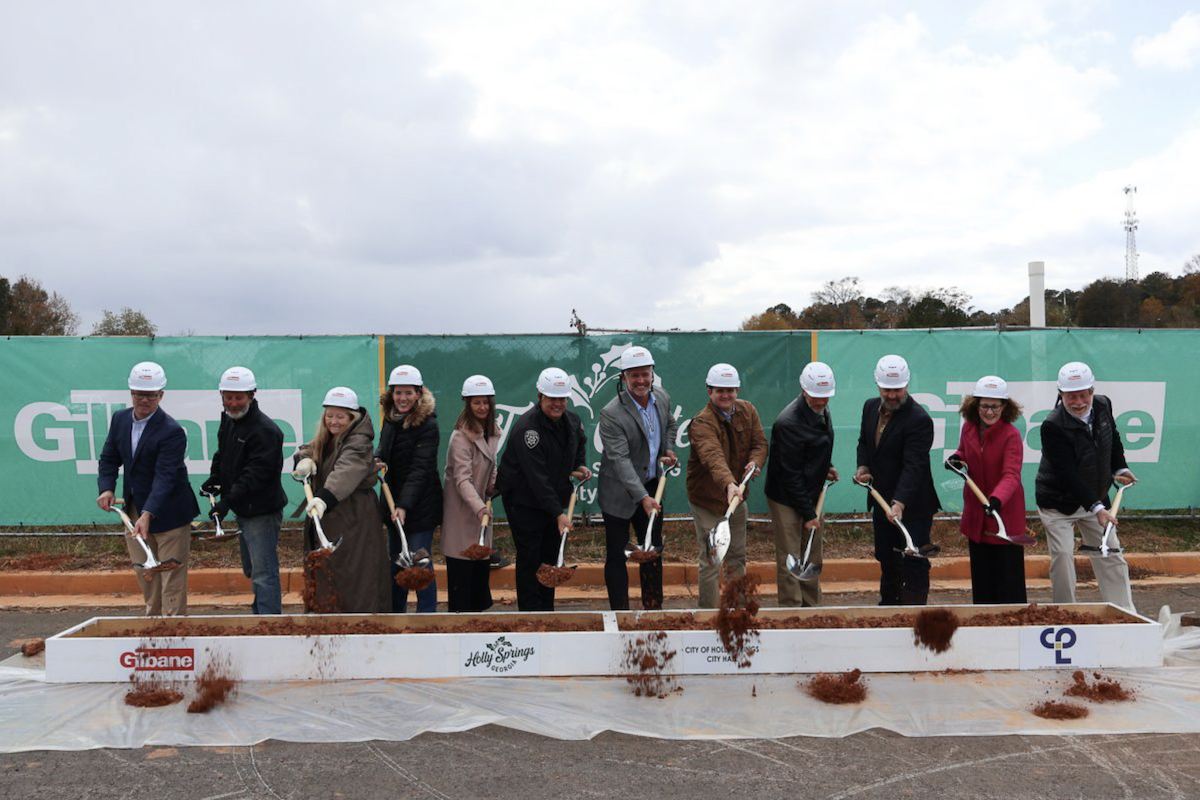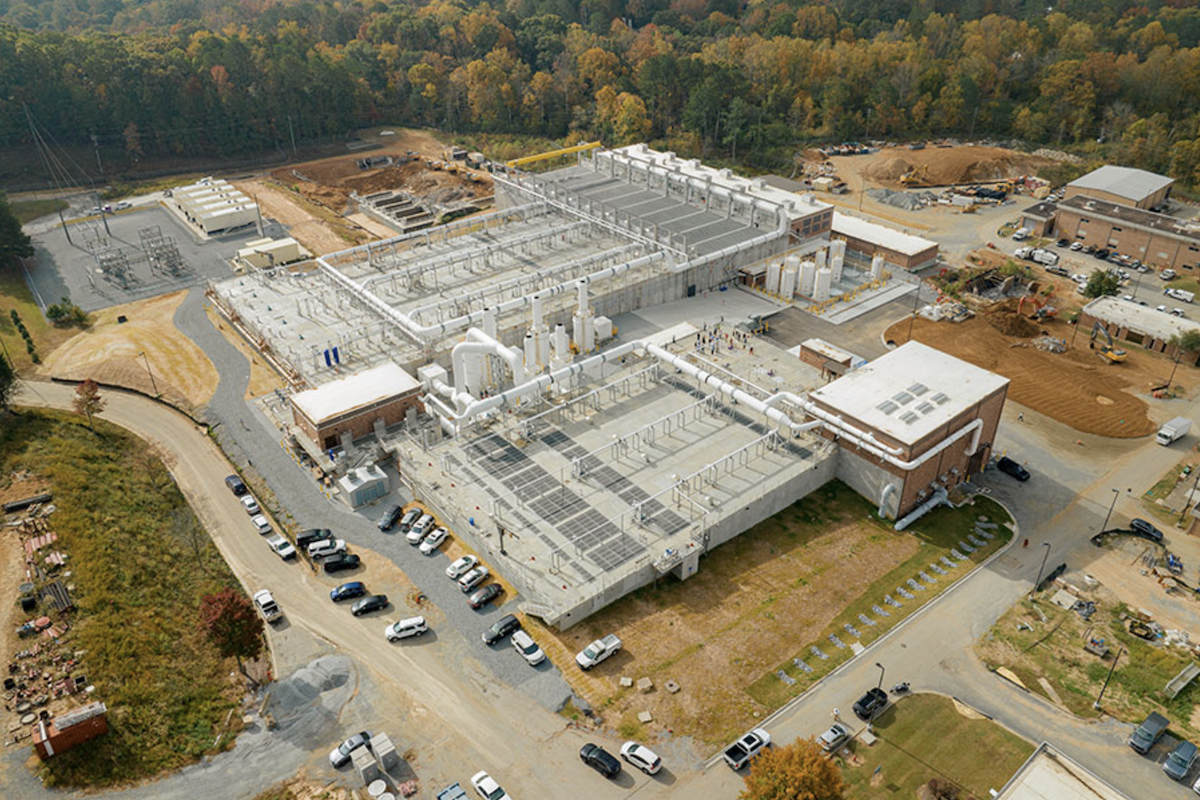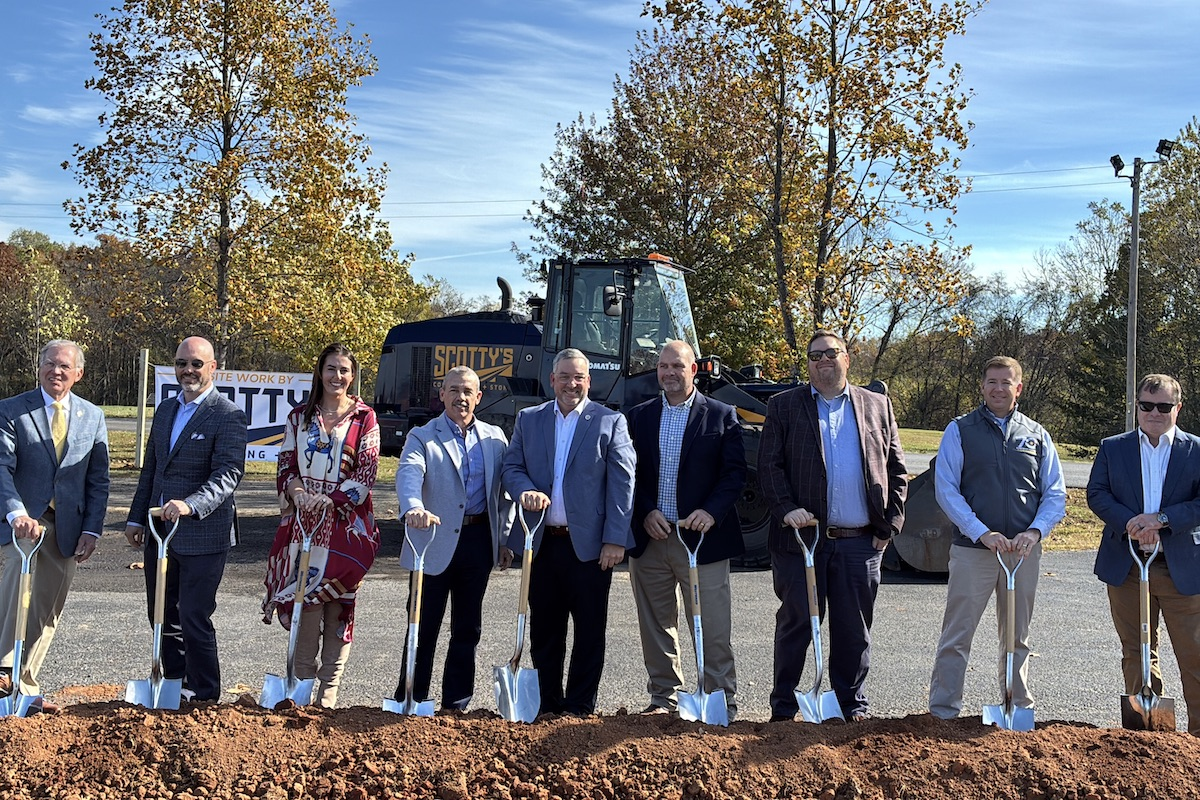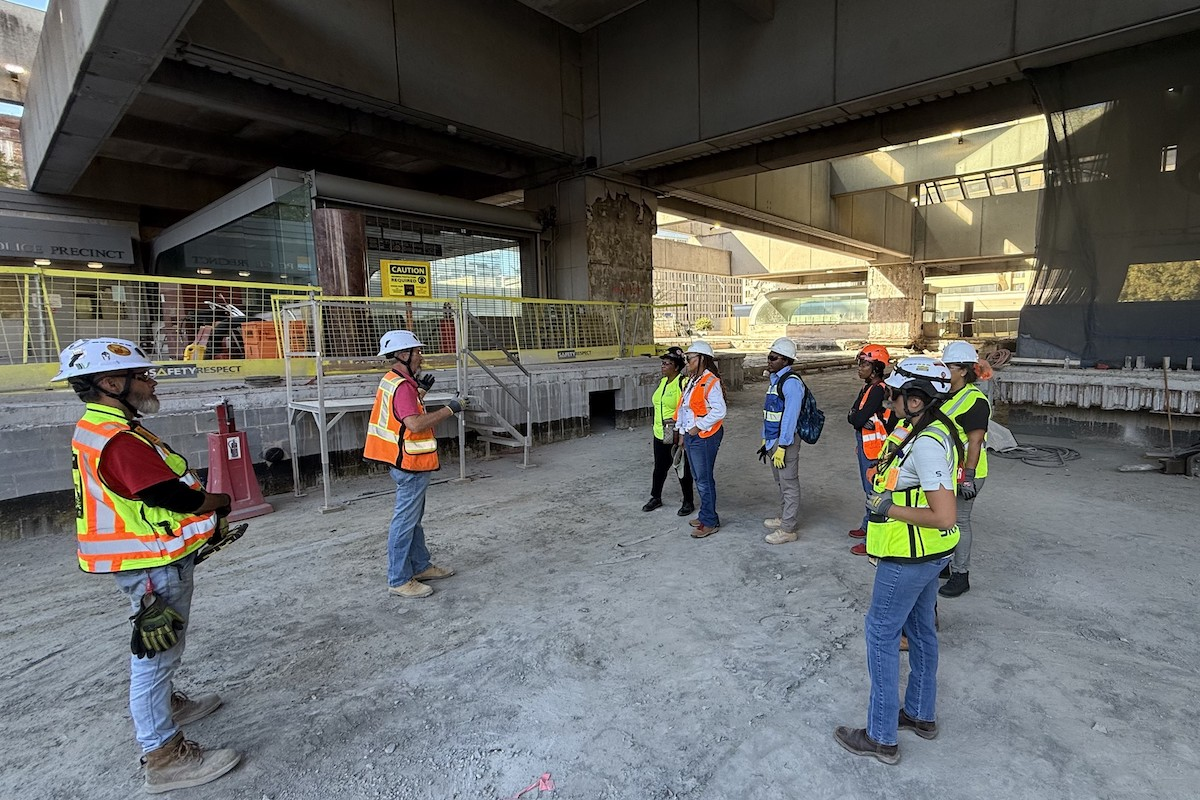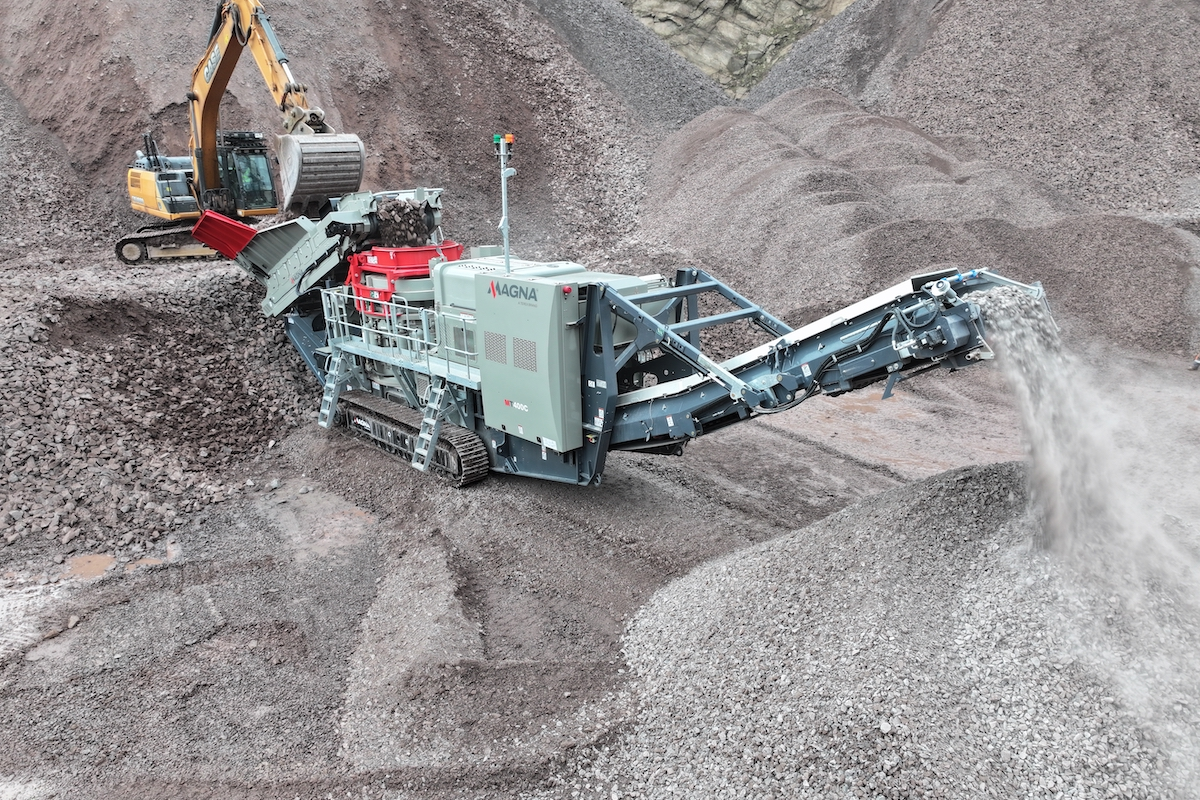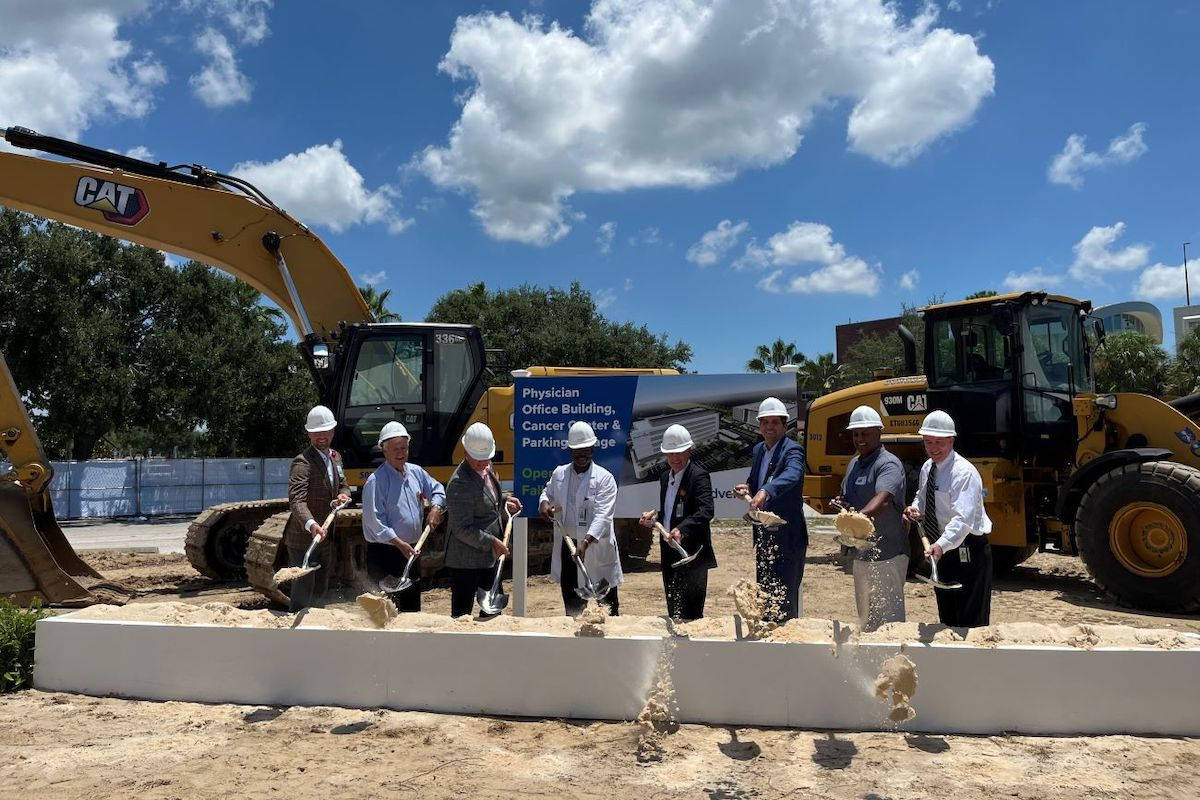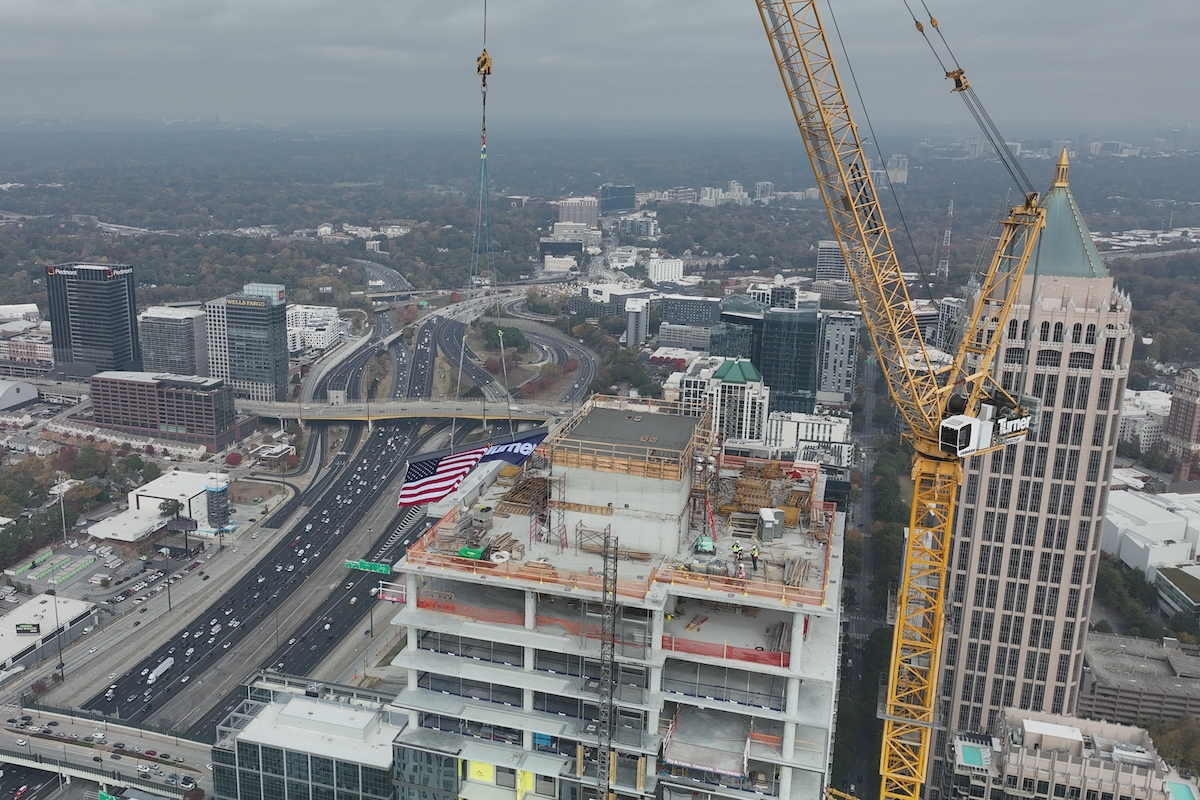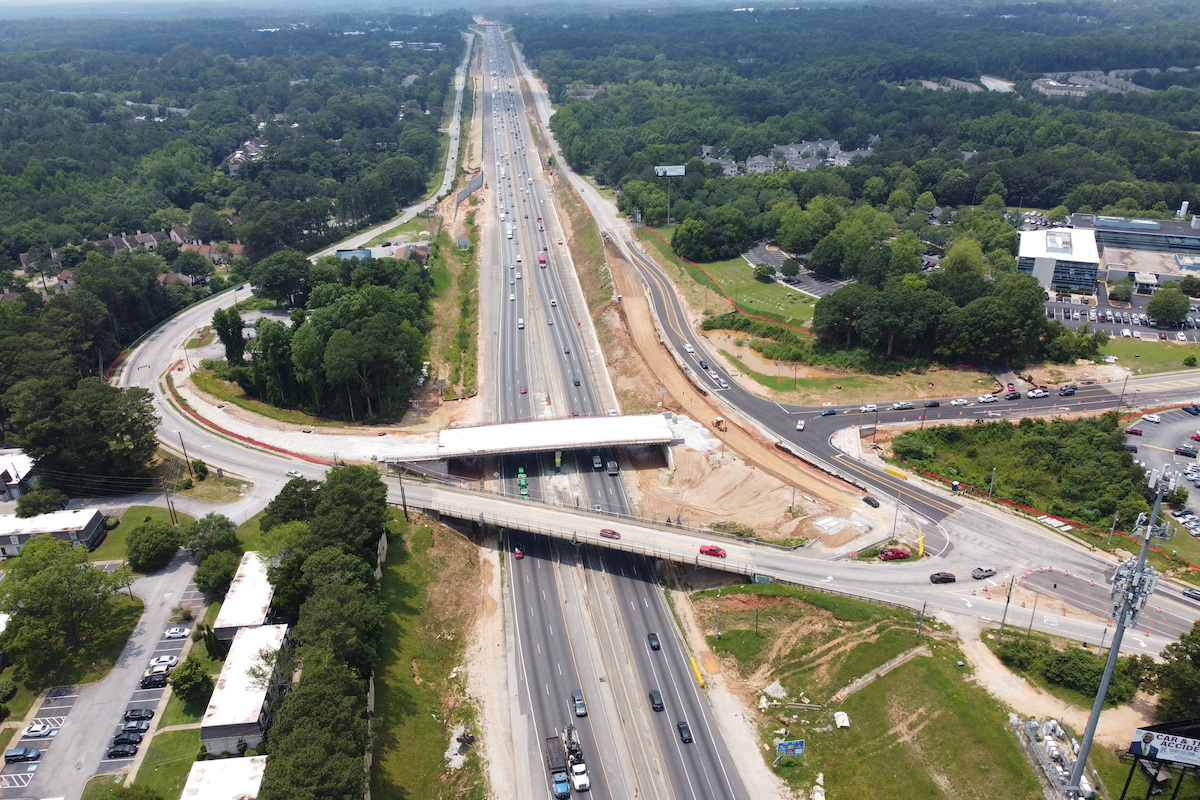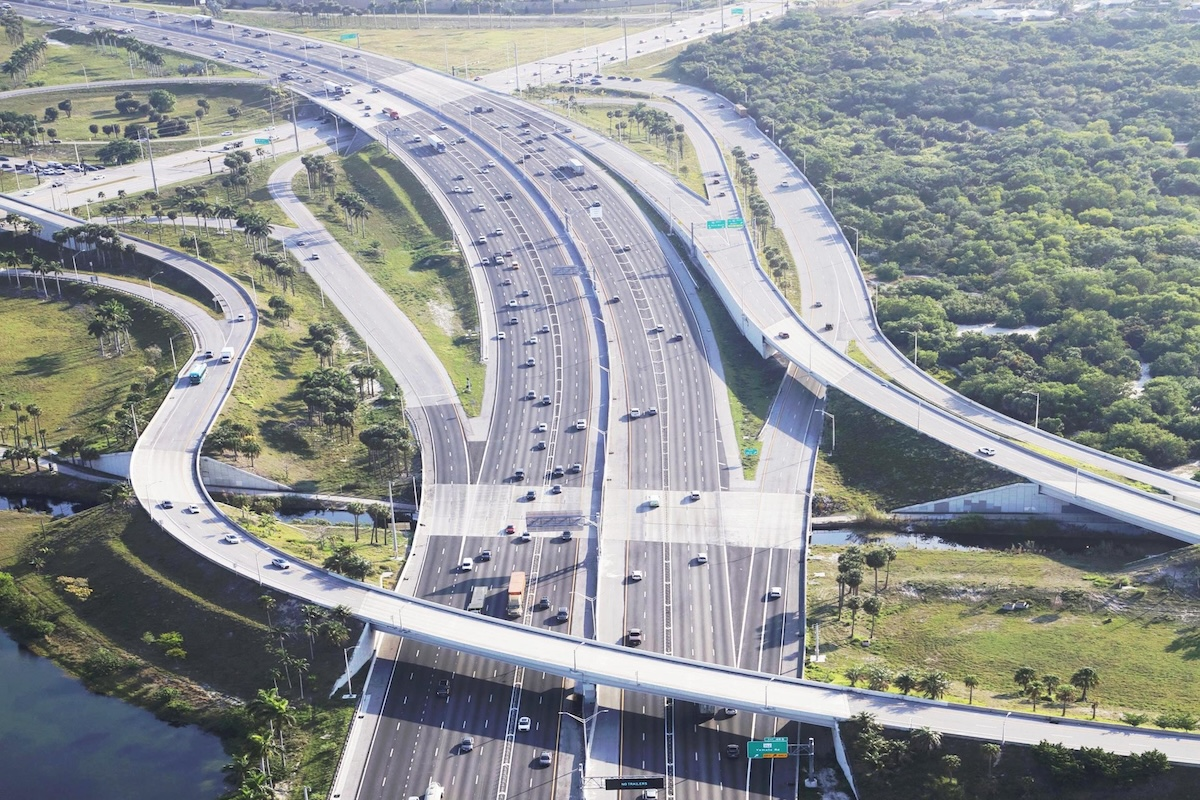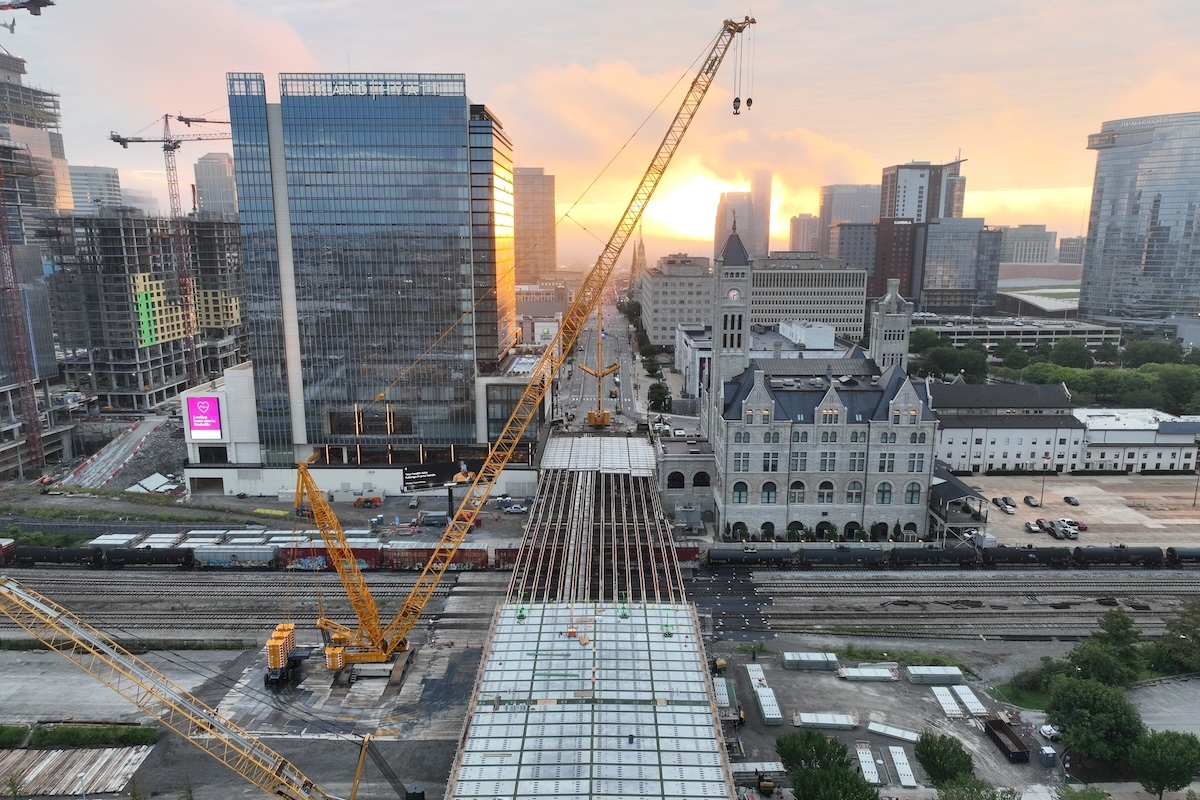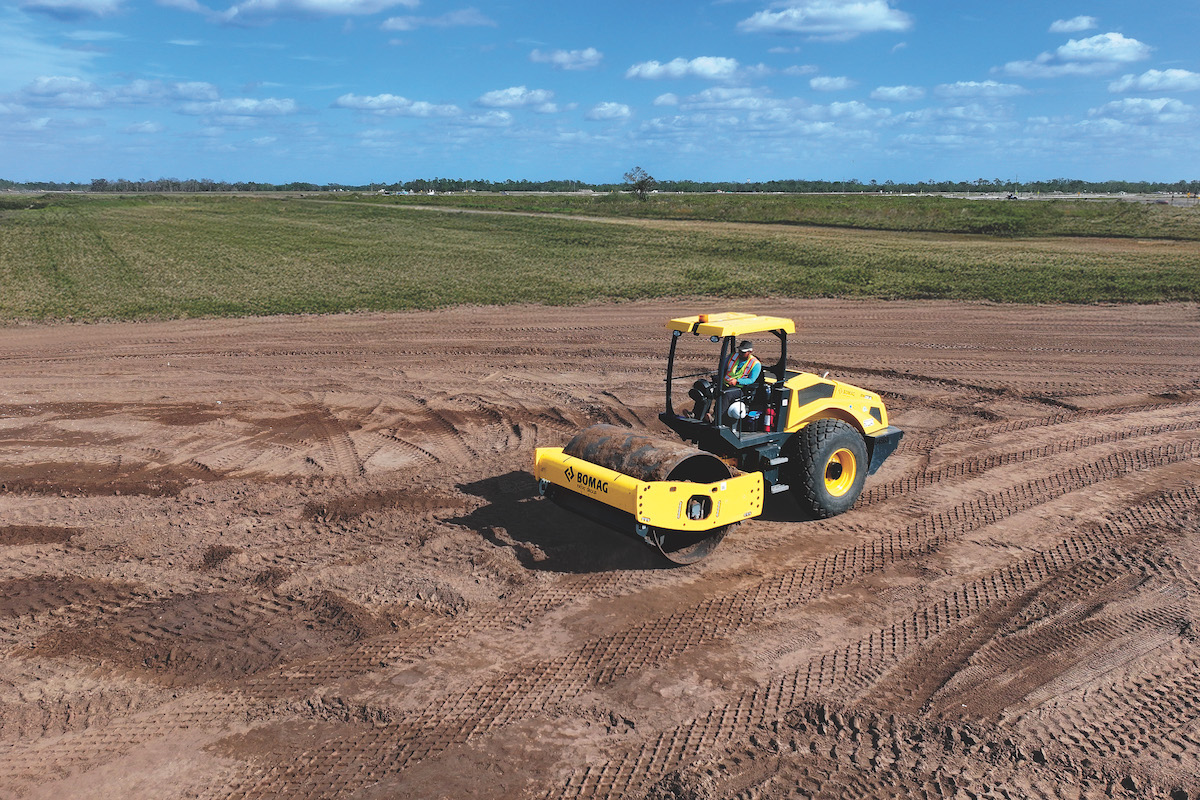While there’s a big difference between investigating a workplace incident and finding someone to blame for it, companies frequently confuse the two concepts. When something goes wrong, they work hard to identify those at fault, and that’s where the investigation ends.
Most workplace incidents are not that clear-cut. An individual worker may bear some of the blame, but there are usually extenuating factors. It may be that the worker wasn’t completely aware of the potential hazards. Perhaps the right kind of safety equipment was unavailable, or nobody had ever considered the possibility of that type of incident.
Instead of seeking blame, a more productive accident investigation approach focuses on identifying flaws in the process leading up to the incident and the safety procedures that were supposed to prevent it. The ultimate goal is to ensure that the accident isn’t repeated and use what’s learned to head off other types of accidents. Another purpose is preparing for the possibility of litigation, especially when severe injuries or fatalities occur.
Properly investigating all incidents, even those that may be appear to be inconsequential, is important for two reasons. The first is that investigating all incidents sends a message to employees and regulators that the company approaches its commitment to safety seriously and consistently. Second, lessons learned in investigating the smallest incidents can help to prevent larger incidents in the future.
Because details aren’t always clearly defined, and because witnesses can provide differing views of the same situation, the investigator should have enough experience and competency to gather and organize information with management’s complete confidence and cooperation.
The severity of the incident may play a role in determining the scope of the investigation, but the overall process should be same. Without a defined process, investigators will be forced to develop a process as they proceed. Because that process might differ from investigation to investigation, the value of conclusions may be inconsistent. A thorough, effective investigation should include these seven points:
An Immediate Response
The most immediate task is to coordinate the company’s emergency response. In addition to notifying emergency responders and attending to injuries and damage, this also includes securing the site to ensure that a proper investigation can take place and notifying appropriate personnel and workers’ family members. You may need to stop any work in progress and block access to materials and equipment that may have been involved in the incident to prevent tampering with evidence and exposing workers to additional hazards. Finally, management must determine the depth of investigation warranted by the incident.
Information-gathering
Once the scene has been secured, the investigator gathers as much data as possible. Begin this process immediately, before witnesses begin to forget details and before regular work compromises any evidence.
Question witnesses and ask them to complete and sign statements about what they saw. These findings should be documented, even if a worker reports not seeing the incident, because the information will be helpful if stories change later. The purpose of questioning is not to determine who deserves blame; it’s to collect as much accurate information as possible.
Investigators should gather any documentation that might be helpful, from equipment logs to photos and diagrams of the accident scene. As the investigator reviews what has been collected, it’s important to identify and attempt to fill any gaps in the information through additional investigation.
Clearing the Scene
In most cases, it isn’t practical to keep the site of the incident secure while the investigation proceeds, especially when incidents occur on construction sites, where delays can be costly. One the investigator believes all of the information that’s available has been obtained and all evidence has been preserved, they site can be cleared for remediation and a resumption of work.
Analyzing the Data
The most effective way to determine what happened and how is to organize all of the events in two formats. First is chronological order, providing a step-by-step recounting of the incident. Second is logically, explaining specific aspects related to others. Taking those steps makes it easier to determine everything that the investigator knows, along with any unknown aspects, so they can determine the probable cause.
Comprehensive Reporting
Clear, comprehensive reports organize the facts so that everyone is working from the same information and can refer back to it as needed. Reports are also helpful if litigation becomes necessary, since that typically takes place long after the actual incident. Reports should include summaries of what happened, the investigator’s conclusions, and all of the backup documentation, from photos to witness statements.
Revealing the Findings
It’s important to share the report’s findings and any recommendations with everyone at all levels. The better everyone understands the conditions and anything contributing to the incident, the less likely those situations will be repeated. Sharing what happens when something goes wrong encourages workers to make better future choices. However, if litigation is pending and there’s a possibility that sharing details might create additional exposure, it would be wise to have legal counsel review any information before it’s released.
Changing Processes
Finally, implement the recommendations and change processes and procedures to ensure there won’t be a repeat of the incident. Perform regular follow-ups to ensure that the correct steps are being taken. That provides the greatest value for the time and energy that have been invested into the accident investigation.













